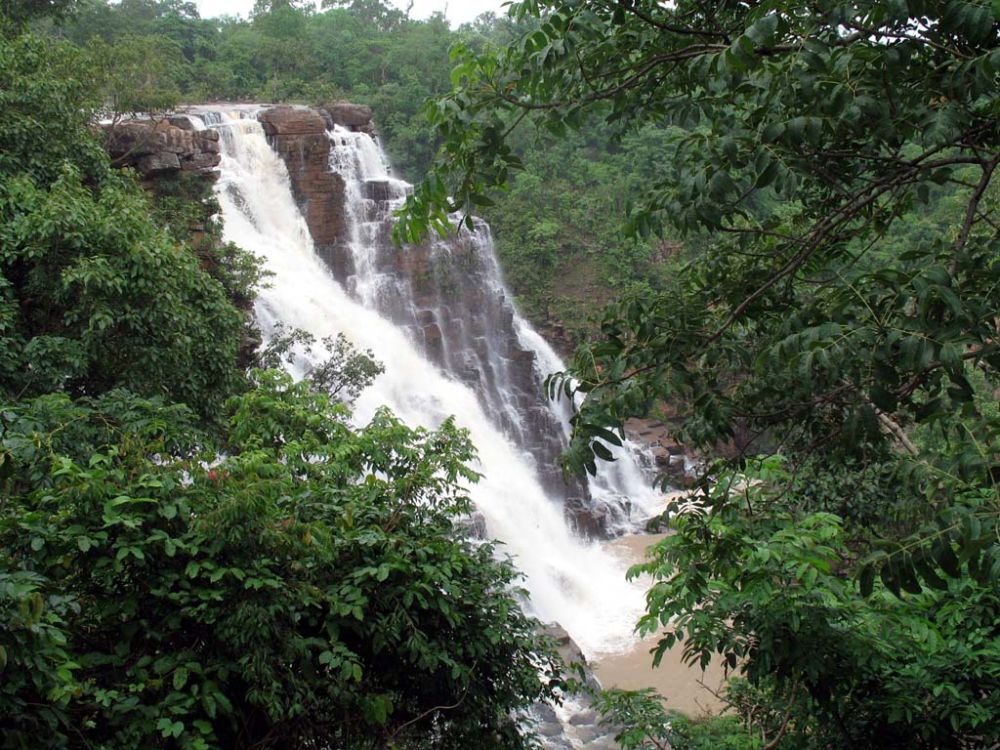

The history of tourism in Bastar, located in the heart of India in the state of Chhattisgarh, is as captivating as its lush landscape and cultural heritage. Known for its tribal culture and natural beauty, Bastar has been a place of intrigue and enchantment for travelers and explorers for many years.
Long before Bastar became known as a tourist destination, its dense forests and remote landscapes were home to various indigenous tribes. The Gonds, Marias, Murias, and Halbas, among others, have lived in these lands for centuries. Their unique way of life and rich cultural practices began attracting anthropologists and curious travelers in the early 20th century.
During the British colonial period, Bastar was a princely state and the rulers often hosted British officials for hunting expeditions in its challenging terrains. Although these visits were not primarily tourism-driven, they marked the beginning of Bastar's exposure to outsiders and set the foundation for future tourism.
In the latter half of the 20th century, Bastar saw a surge in interest as eco-tourism began to gain popularity. With its stunning waterfalls, like the famous Chitrakote Falls, referred to as India's Niagara Falls, dense forests, and unique wildlife, eco-tourists and nature lovers found Bastar to be an unexplored paradise.
Simultaneously, the rich tribal culture, especially the festivities during Dussehra, when the local tribes participate in a vibrant and colorful celebration, started attracting cultural enthusiasts. The traditional handicrafts, particularly the wrought iron and bell metal work, terracotta, and wooden carvings, also became significant draws for tourists interested in unique artisanal experiences.
In recent years, there has been a conscious effort to promote sustainable tourism in Bastar. This has involved the local community's participation in conserving their natural and cultural heritage while ensuring economic benefits from tourism activities.
Adventure tourism has also taken off with activities like trekking in the Abujhmad forests, boating in the Indravati River, and exploring the Kanger Valley National Park. These activities are increasingly being packaged as part of eco-friendly tours to attract a younger and more environmentally conscious traveler.
Digital platforms and social media have played a significant role in showcasing Bastar’s picturesque landscapes and vibrant festivals to the world. This modern trend has helped Bastar gain international recognition, enabling it to secure a spot on the global offbeat travel map.
The tourism history of Bastar is interwoven with its natural splendor and tribal heritage. From the early days of anthropological curiosity to the latest trends in sustainable and adventure travel, Bastar's allure has evolved but its essence remains unchanged. Today, it stands as a testament to conscious travel that respects and celebrates the environment and indigenous cultures.